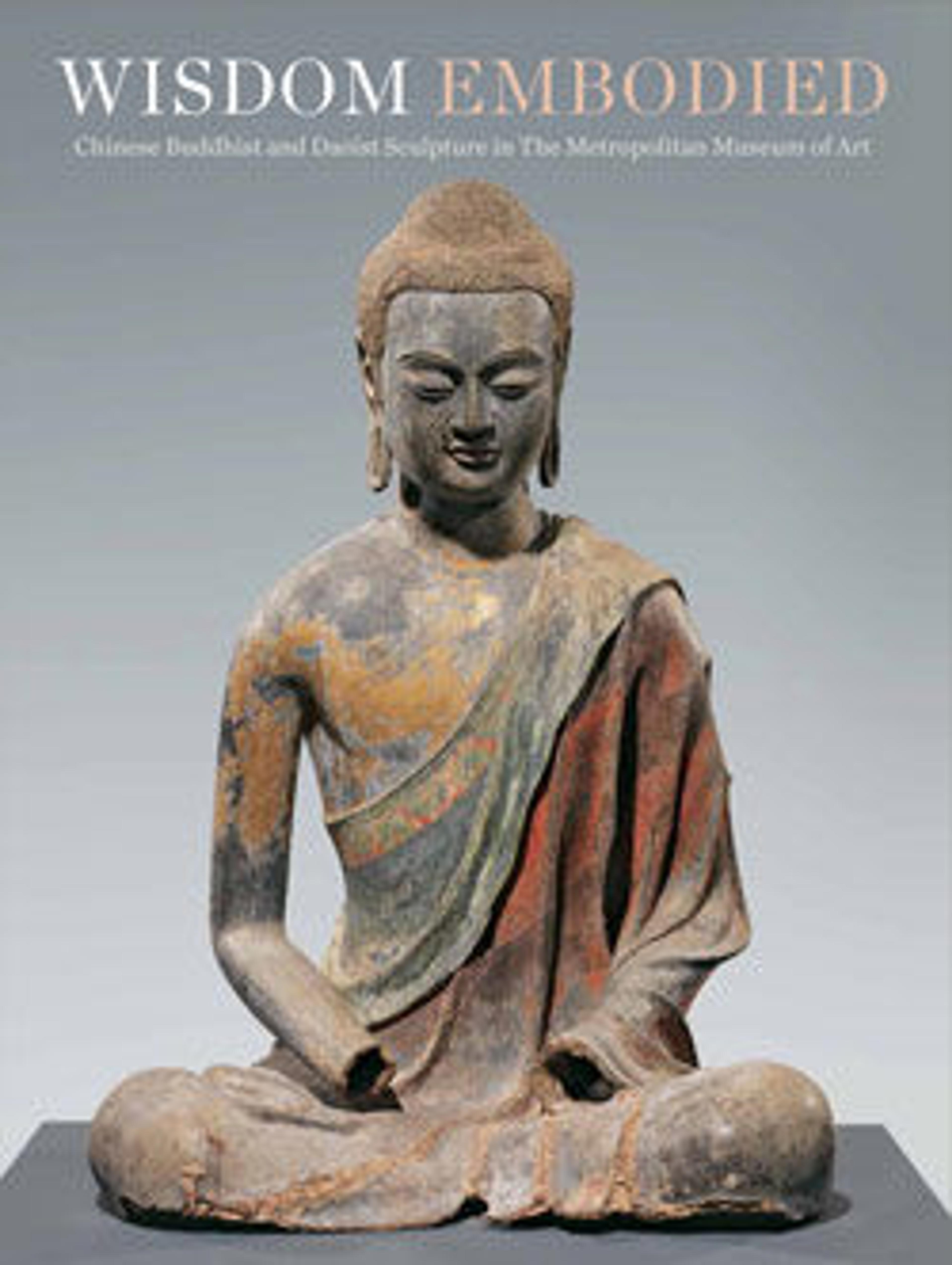Avalokiteshvara in a Multiarmed Tantric Form
This esoteric form of Avalokiteshvara holds a range of attributes in his twenty-four hands, including the sun, the moon, a vajra, and a bell. Multiarmed, powerful tantric forms of Avalokiteshvara were introduced into East Asia by the monk Amoghavajra as part of an eighth-century effort to repel Tibet’s military expansion across Central Asia. Later, this protective form of Avalokiteshvara, who is able to aid his numerous devotees with his many arms, became especially popular in Tibet after the north Indian monk Atisha (980–1054) emphasized this tantric deity.
Artwork Details
- Title: Avalokiteshvara in a Multiarmed Tantric Form
- Period: Dali kingdom (938–1253)
- Date: 11th–12th century
- Culture: China, Yunnan Province
- Medium: Gilt arsenical bronze
- Dimensions: H. 8 1/4 in. (21 cm); W. 7 in. (17.8 cm); D. 4 3/8 in. (11.1 cm)
- Classification: Sculpture
- Credit Line: Rogers Fund, 1956
- Object Number: 56.223
- Curatorial Department: Asian Art
More Artwork
Research Resources
The Met provides unparalleled resources for research and welcomes an international community of students and scholars. The Met's Open Access API is where creators and researchers can connect to the The Met collection. Open Access data and public domain images are available for unrestricted commercial and noncommercial use without permission or fee.
To request images under copyright and other restrictions, please use this Image Request form.
Feedback
We continue to research and examine historical and cultural context for objects in The Met collection. If you have comments or questions about this object record, please contact us using the form below. The Museum looks forward to receiving your comments.
